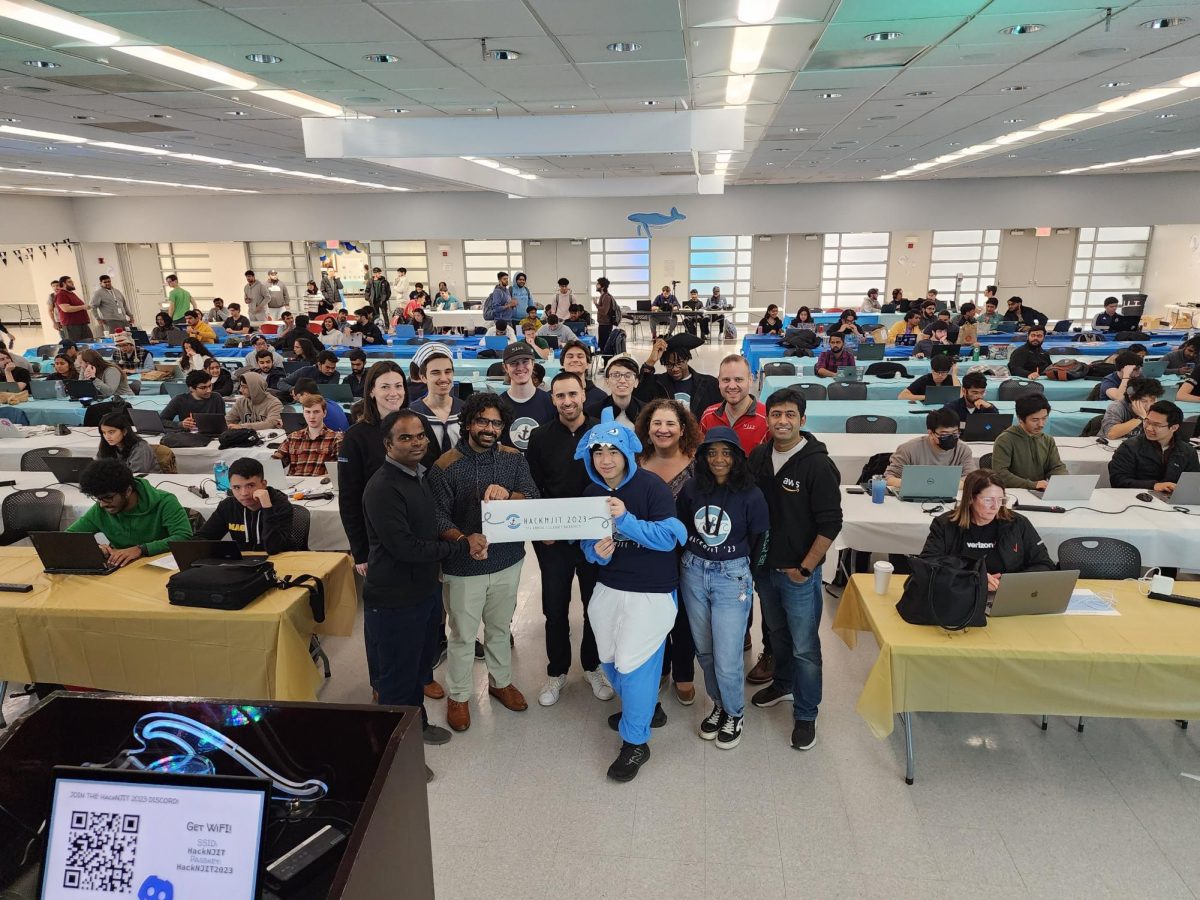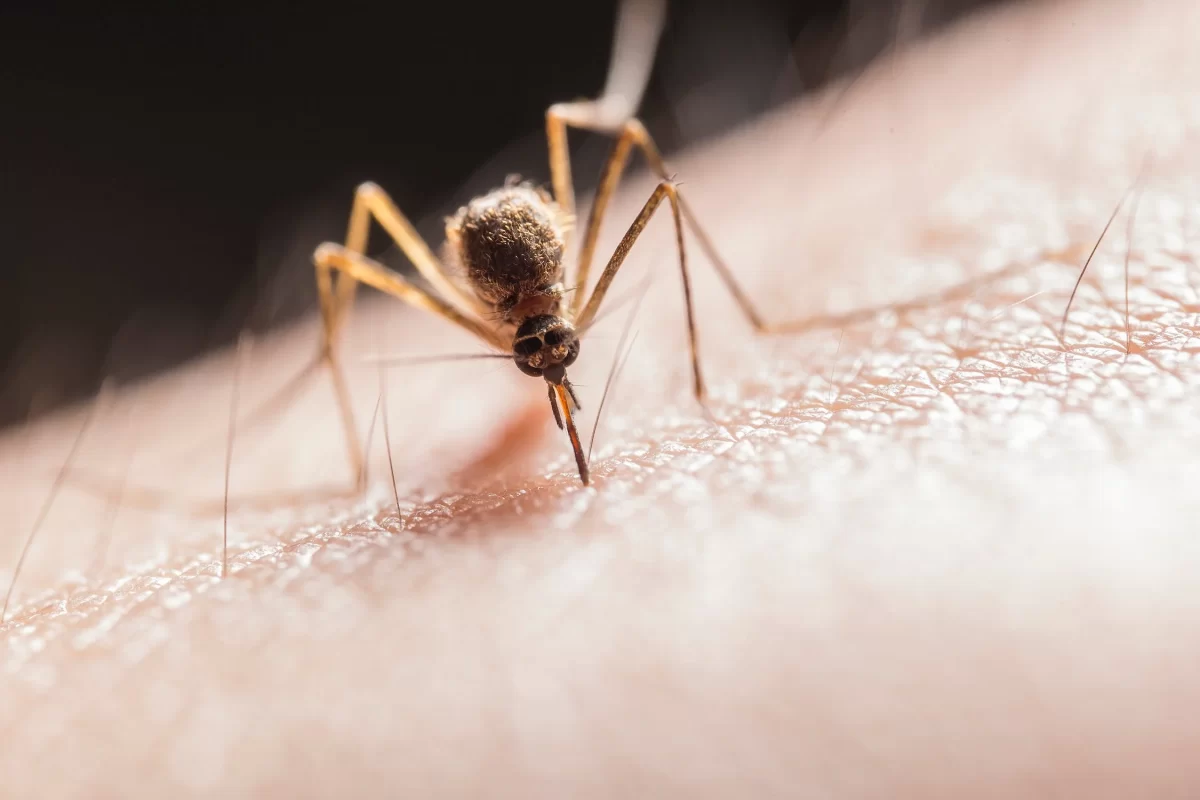According to the World Health Organization, mosquitos are the “greatest menace” of disease-spreading insects. Mosquitos can transmit yellow fever, dengue fever, and malaria, which affect 500 million people a year. Despite the damage mosquitos do every year, keeping track of the tiny insects has proven difficult.
Researchers at NJIT, led by Dr. Benjamin Thomas, have made progress on a high-capacity insect tracking technology that utilizes infrared lasers. The light detection and ranging (LiDAR) technology used in this research to track and learn about mosquitos operates similarly toRadio detection and ranging (RaDAR).
Like RaDAR systems, a signal is emitted and is backscattered to the sensor. From the strength and time of the returning signal, information about what it encountered can be determined. Unlike RaDAR, however, which uses radio waves, LiDAR uses infrared light waves.
Thomas’ research highlights the crossovers in physics and environmental science. He says, “its applied optics… I use optics to solve problems… so you have to apply it to a different field.”
LiDAR technology is often employed in geographic information systems (GIS) and atmospheric composition mapping tools. The technology has recently been used to map marine environments. Thomas has used LiDAR before to study atmospheric gases.
The research is being conducted at the Tiernan Hall Optics Lab using an infrared laser apparatus in a tube with captive mosquitos. When mosquitos enter the path of the laser, the system can then gather information on them.
Using data gathered from the backscattering of light from mosquitos, the team is able to detect subtle changes in signal between a female and male mosquito. One of the main indicators used is wing beat frequency, which is higher for males than females. As the mosquito flaps its wings, its cross sectional area changes, so the amount of light returning to the sensor oscillates depending on the wing beat frequency.
So far, the team has reported a 96.5% success rate at identifying the sex of the mosquito. This is notable, since female mosquitos are the main vectors for disease.
There is still room to improve research methods, as the lab currently identifies mosquito species with 75% accuracy—an important detail, as some species are more likely to carry disease than others. By using and reading different polarizations of light, the team believes it can improve species detection accuracy.
Thomas explained that, “a rougher surface will depolarize light more than one that is perfectly smooth,”. The light that leaves the laser is polarized but can become depolarized as it interacts with the insect body. A true challenge, as different mosquito species have unique color patterns and body hairs that interact with light in subtle, varied ways.
Working with Thomas is Professor Gregory Williamsof the Rutgers Center for Vector Biology. The research team includes two PhD students from the NJIT Physics Department, Adrien Genoud and Roman Basistyy. Williams brings a entomology background to the project.
Thomas said, “it’s mostly the students doing the work…they set up the experiment and I supervise. This demonstrates the hands-on work of the NJIT graduate program and undergraduate research.”
This technology is important in trying to preempt the spread of mosquito-borne diseases. Currently, diseases are tracked by recorded cases of infection. But high-volume mosquito tracking can give researches and healthcare and government workers data about mosquito activity in an area before disease is reported. Spikes in mosquito populations could reveal which species is carrying a virus in an area.
The team is optimistic that field testing could begin in 2019 and provide “a huge amount of information about mosquitoes and other insects in the environment.”
Further information can be found in the journal article “Analysis of predictor variables for mosquito species identification from dual-wavelength polarizationsensitive lidar measurements”, published by journal SPIE DigitalProceeding. All NJIT students have freeaccess to this study via NJIT’s library database.































